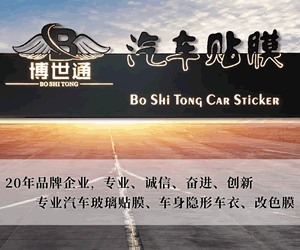1. A public offering auction structure in which the price of the offering is set after taking in all bids and determining the highest price at which the total offering can be sold. In this type of auction, investors place a bid for the amount they are willing to buy in terms of quantity and price.
2. A type of auction in which the price on an item is lowered until it gets a bid. The first bid made is the winning bid and results in a sale, assuming that the price is above the reserve price. This is in contrast to typical options, where the price rises as bidders compete.
Taobiz explains Dutch Auction
1. If a company is using a Dutch auction IPO, potential investors enter their bids for the number of shares they want to purchase as well as the price they are willing to pay. For example, an investor may place a bid for 100 shares at $100 while another investor offers $95 for 500 shares.
once all the bids are submitted, the allotted placement is assigned to the bidders from the highest bids down, until all of the allotted shares are assigned. However, the price that each bidder pays is based on the lowest price of all the allotted bidders, or essentially the last successful bid. Therefore, even if you bid $100 for your 1,000 shares, if the last successful bid is $80, you will only have to pay $80 for your 1,000 shares.
The U.S. Treasury uses a Dutch auction to sell securities. The Dutch auction also provides an alternative bidding process to IPO pricing. When Google launched its public offering, it relied on a Dutch auction to earn a fair price.
2. For example, the auctioneer starts at $2,000 for an object. If there are no bidders, the price is lowered by $100. The object will be sold once a bidder accepts the last price announced by the auctioneer, say $1,500.













